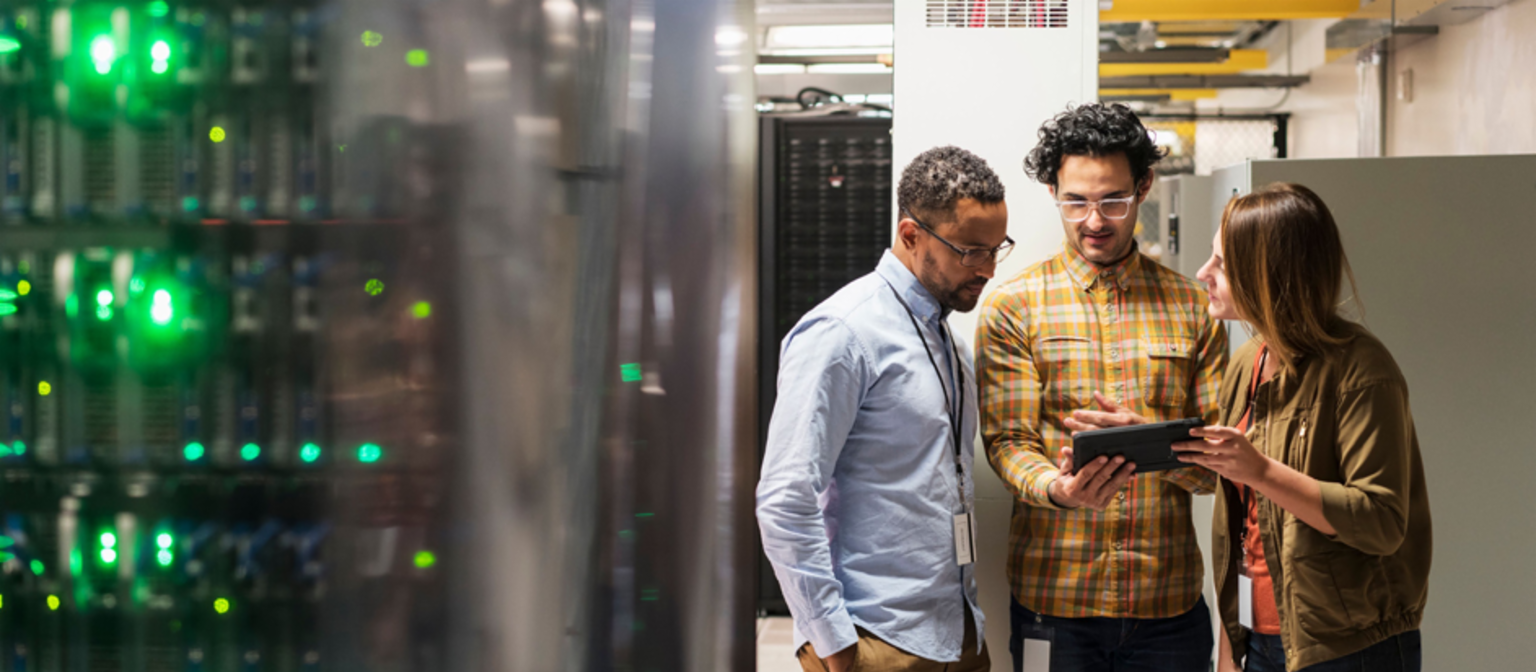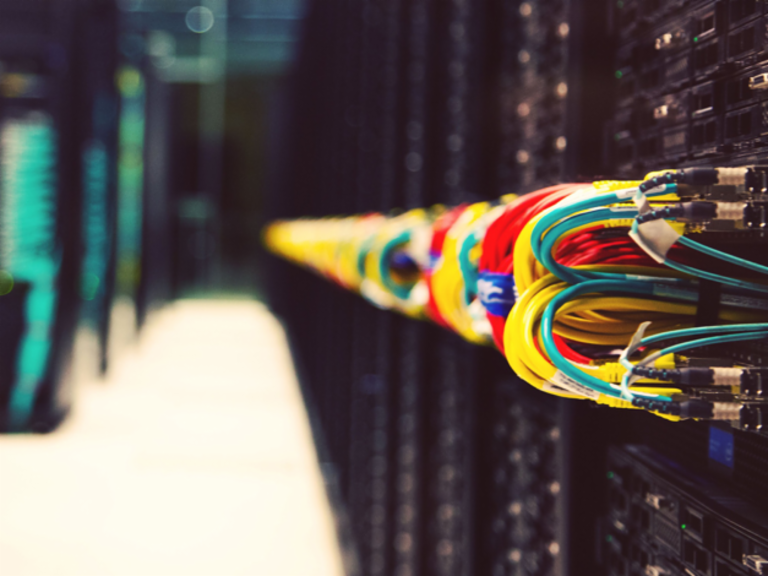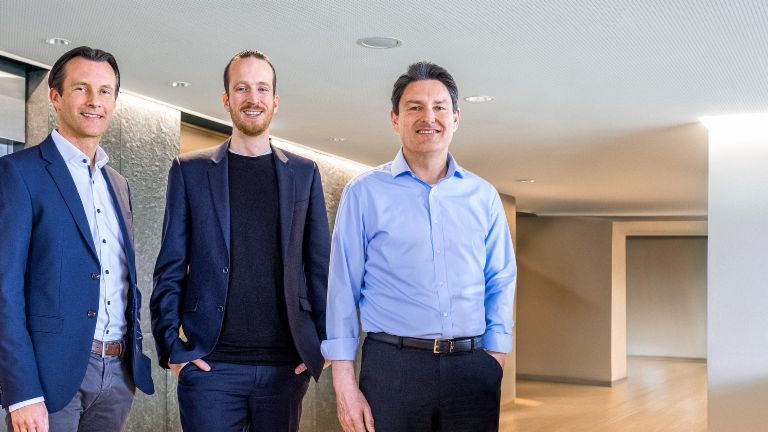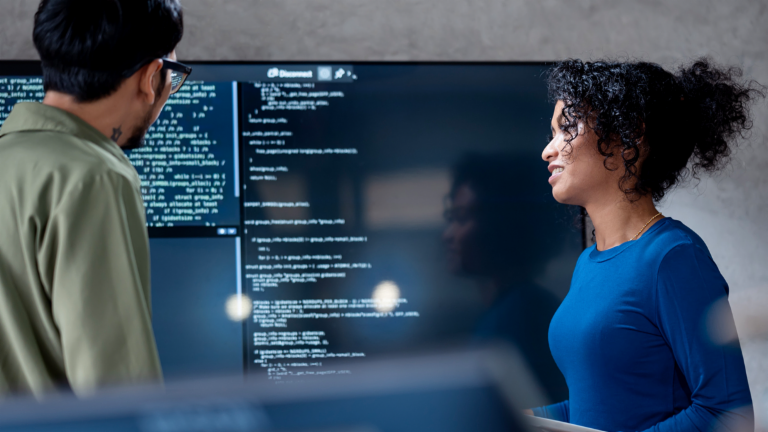
Data usage at a new level: why the financial industry needs to engage with prescriptive analytics and digital twins.
Calculating forecasts based on averages are so last year: these days, companies can perform complex live simulations for every one of their clients – using live data.
Deriving insights for the business from large volumes of data is nothing new in the financial sector. Model calculations and simulations have also been around even longer than the overused term “big data”. What is new, however, is a development that is expressed with the terms “prescriptive analytics” and “digital twins” – and it has the potential to change entire industries. Data analysis and decision-making are converging to an extent that would not have been possible before.
This is most evident with “digital twins”, a concept that comes from the manufacturing industry. In that sector, a digital twin is the computer simulation of either a single component or an entire machine. This is nothing new – engineers have long been designing components on the computer and using material properties to calculate whether the components will do what is required of them. This design data is then converted into any number of physical versions of the components.

Each physical version gets its own live simulation
In the case of the "digital twin", on the other hand, a copy of the blueprint is created for each physical version and continuously fed with data: where is the component used, what environmental conditions prevail, to what degree is it contaminated? This means that engineers can for each individual component predict how long it will last, how it behaves and how much it can withstand – no averages, but precise information for this specific component with its individual, constantly updated history.
The data for this real-time monitoring is provided by the networked sensors in machines and components, which are becoming more and more widespread in industry – the much-cited Internet of things. According to a study by the market research firm Gartner, half of the large industrial companies will be using twin technology by 2021.
Even customers can be depicted as digital twins
People are also increasingly allowing themselves to be recorded by sensors and are producing behavioral and consumer data in unprecedented numbers. This means that the financial sector can also make use of digital twins. Thus, for example decisions made by real bank customers can be simulated – and much more accurately than through calculation of averages. In this case, the digital twin is derived from socio-demographic, financial and health data as well as insights from behavioral science. This is supplemented by the company’s own data. By continuously incorporating new insights into the customer's spending and savings habits, for example, his virtual counterpart is constantly learning. The latter could then work out the optimal savings and investment strategy for the customer – provided that he agrees to the appropriate and legally compliant processing of his data.
Using data to predict the consequences of your own actions
Pronouncing recommendations for action on the basis of data analysis is an idea that is also born of the concept of prescriptive analytics. This does sound similar to predictive analytics, which Amazon in particular has promulgated – using its data, the retail giant continuously calculates who will order which products, with which probability, when and where – and directs its flow of goods accordingly. Prescriptive analytics goes one step further: computers calculate different options for action on the basis of current data, play them through in the simulation, check the consequences of different scenarios and then give a recommendation for action.
The parcel service UPS, for example, uses sensors on its trucks to track their whereabouts and traffic conditions. With these findings, they optimize the routes of the delivery vehicles. Juan Perez, Chief Information Officer at UPS, explains: “If we reduce the distance for each driver in the US alone by one mile per day, we will within one year save $ 50 million per year.”
Copyrights: Getty Images
Explore more from EOS


